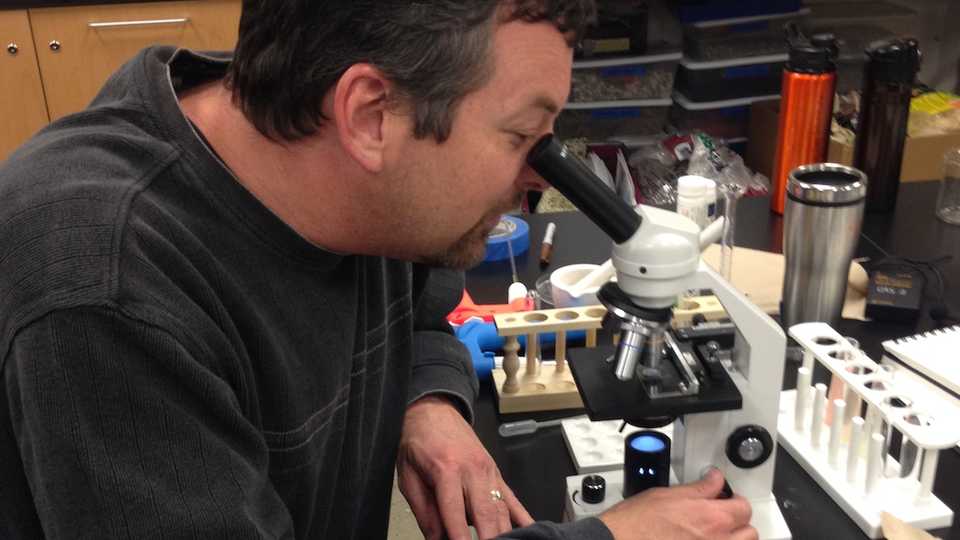Each year, a cohort of 30 teachers begin this two-year professional development program for 3rd–5th grade teachers.
By focusing on sustainability and the science behind sustainability, TISS provided a relevant and accessible entry point for teachers who may be intimidated by science. By interacting with the teachers for an extended period of time, TISS followed best practices and moved beyond one-off professional development workshops for teachers. As research has shown, professional development needs to be intensive, ongoing, collaborative, and aligned with school improvement priorities and goals to make a lasting impact on teachers (Darling-Hammond et al., 2009).
TISS staff models good teaching practices and provides individualized and team coaching. External evaluations by Rockman et al and SRI International have documented that teachers:
- have enjoyed and valued the program
- felt it filled an important need for inquiry and sustainability-oriented professional development not otherwise available
- believed they learned valuable science content and pedagogy
- felt they did more and better science instruction as a result, and
- saw greater student engagement in the classroom
Additionally, many teachers have expressed to evaluators that TISS is the best professional development experience of their careers (Burg et al., 2010; Montell et al., 2010; Hazer et al., 2012; Michalchik et al., 2012).
Since 2012, a team of researchers from SRI International’s Center for Technology in Learning has served as developmental evaluators to the TISS program, studying teacher experiences in the program and their subsequent impacts on science teaching identity, confidence, competence, reflection, and collaboration. What follows is a summary of findings on TISS’s impacts on its teacher participants.
